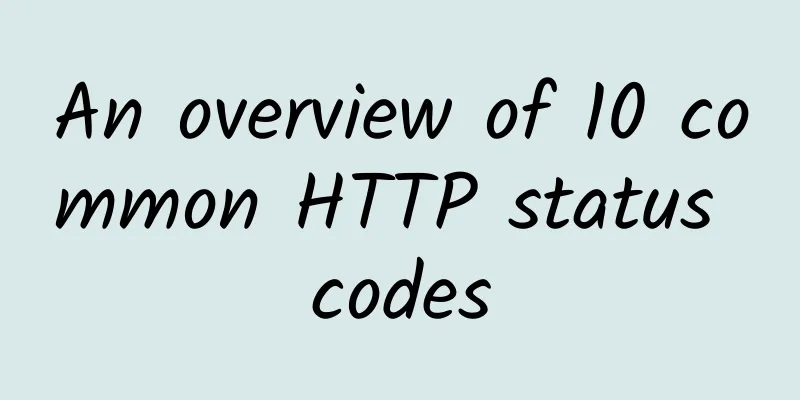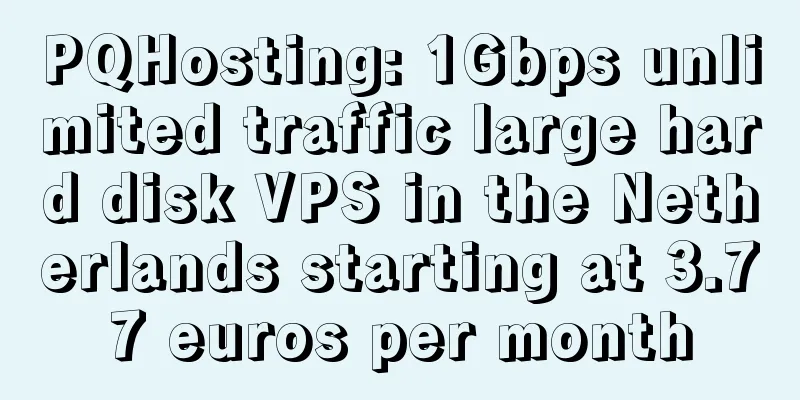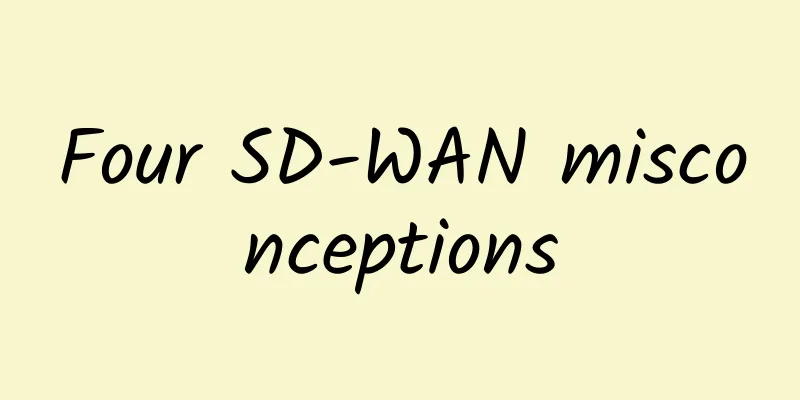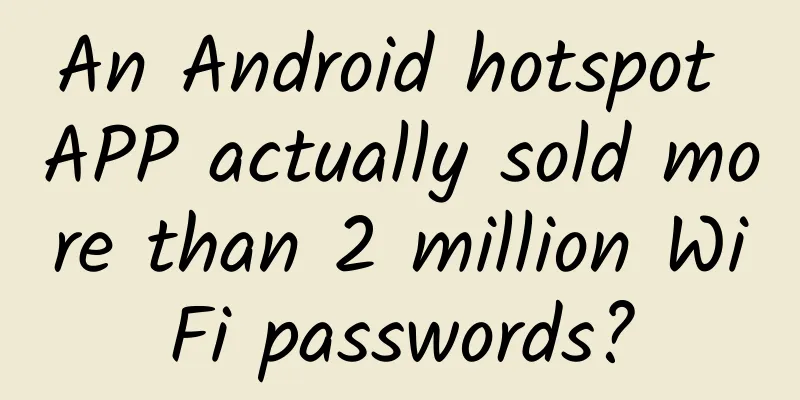Tencent: Fully opening up 5G capabilities to build a "new connection" in the digital era
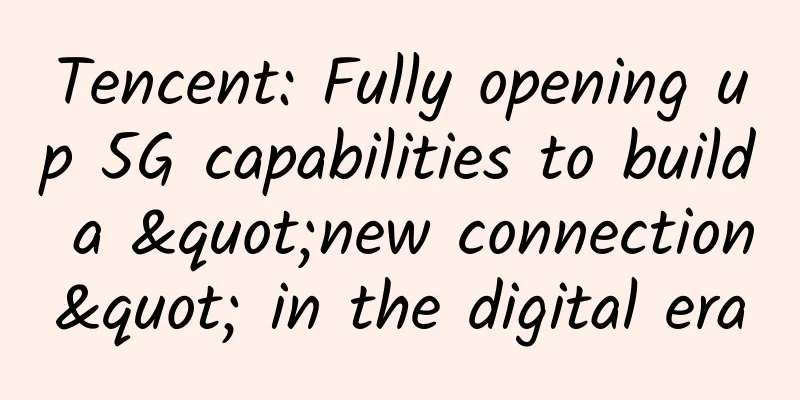
|
As an important part of the new infrastructure, 5G carries the mission of connecting everything, bringing new opportunities and momentum to economic growth. On September 11, the 5G special session of Tencent Global Digital Ecosystem Conference was held in the cloud. Tencent and its ecological partners shared their practical results in multiple fields of 5G "standards-applications-security-ecology". It is expected that by the end of this year, Tencent Cloud will complete the construction of 300 edge computing nodes to fully support Tencent's smart industry, parks, energy, education, car networking, as well as cloud games, 4/8k live broadcast services and robots and other 5G businesses. Tencent hopes to open up its own product capabilities accumulated in the entire 5G chain and work with ecological partners to accelerate the construction of "intelligent connection of everything" and truly make 5G a "new momentum" in the digital economy era. Covering "cloud, network, terminal, and edge" to build a full-chain solution for 5G and edge computing Wang Yachen, general manager of Tencent Cloud Network, pointed out at the conference that connection technology is the foundation for realizing the interconnection of all things. For the industrial Internet, Tencent pays more attention to the connection between devices and devices, and between devices and services. At present, Tencent has accumulated certain experience in LoRa narrowband IoT technology suitable for smart cities and smart parks, as well as 5G broadband interconnection technology that is more suitable for industrial Internet scenarios. In the future, it will further explore satellite interconnection technology to expand the boundaries of connection. Different connection technologies connect everything to Tencent's IoT platform. Through years of independent research and development, Tencent has built an IoT platform system covering "cloud, network, edge and terminal". From the operating system TinyOS, to the lora core network, IoT Hub, IoT development platform, edge computing platform, and Tencent Lianlian mini program service platform, it can provide enterprises and developers with a full set of IoT services and convenient application development. Among them, in the field of 5G and edge computing, Tencent Cloud has developed edge computing machines ECM, edge access and acceleration platform TSEC, IoT edge computing platform IECP, AIoT IoT gateway and other products to build 5G cloud edge computing and user-level 5G intelligent edge computing capabilities, build a basic platform for customers, and accelerate business and service innovation. ECM can deploy computing power to cloud edge nodes close to users and data production sources, providing low-latency, high-availability, and low-cost edge computing services. IECP can quickly expand Tencent Cloud storage, big data, artificial intelligence, security and other cloud computing capabilities to the AIoT gateway closest to IoT devices. TSEC cooperates with operator networks to achieve 5G edge traffic access, QoS/slicing network acceleration capabilities, secure access, 5G LAN industry communication capabilities, etc., and jointly enable Tencent's 5G edge computing capabilities with ECM/IECP. On the network side, Tencent Cloud, together with operators and industry partners, provides differentiated 5G industry private network solutions to meet differentiated industry customer needs such as convenient access, flexible acceleration, and private network security. Tencent Cloud develops low-cost, customizable, software-based industry private network edge UPF, which can provide network plus computing convergence solutions for edge scenarios such as parks and factories where data does not leave the factory. Tencent Cloud actively participates in the operator's open industry UPF plan to jointly promote the opening and application of 5G industry private networks. In the cloud, IoT Explorer, an IoT development platform, is a cloud platform for users to use Tencent's 5G IoT technology. It can provide a wealth of 5G features, including network status monitoring, module remote operation and maintenance, 5G LAN communication capabilities, traffic pool management and other control and management functions. As the "hub" of Tencent's 5G network technology, TSEC is responsible for connecting IoT Explorer, operator 5G networks, cloud and application collaboration, and continuously creating 5G cloud network integration features. In addition, at the terminal, Tencent Cloud provides 5G DTU, 5G SDWAN, 5G AIoT gateway, etc. to meet the diversified 5G access needs of different users, and provides 5G SDK to meet the customization needs of different devices. Actively lead the formulation of standards and promote the implementation of technology applications With the advent of the 5G era, new information technologies such as 5G and the real economy are continuously and deeply integrated, becoming a new engine driving the digital upgrade of the industry. Since the establishment of Tencent Future Network Lab in 2017, as the first team of Chinese Internet companies engaged in 5G technology, application and standard research, it has been tracking the standardization process of 5G, actively participating in the 3GPP meetings of the 5G standardization organization, gradually building the influence of Chinese Internet companies in 3GPP, and has actively participated in the formulation of many international standards. In 3GPP, the core standard organization for 5G, Tencent can be seen in all four versions of 5G standards, from R15 to R18. Tencent actively participates in standardization work from three dimensions: demand, architecture, and protocol. Tencent plays an important role in the R16 5G architecture specification and is also an active participant in the R17 5G architecture specification. In 5G architecture specifications such as 5G edge computing standards and domestic and international V2X standards, Tencent has contributed a large number of valuable proposals to help optimize 5G industry applications and play a positive role in vertical fields. For example, the 5G network service architecture standard improves the stability of the 5G network and reduces network latency. Under the premise of combining the V2X standard, it can meet the needs of high-level autonomous driving and achieve the coordination of vehicle-road-cloud network, thereby promoting the development of intelligent networking and autonomous driving technology. In terms of standards to support new infrastructure, Tencent, based on the achievements of 5G standards, has carried out standardization practices in many new infrastructure fields such as cloud computing standardization, multimedia standardization, and the Internet of Things, and gradually improved the digital ecosystem with standardization as the core. Guided by these standards, Tencent has made forward-looking arrangements in the fields of 5G smart travel, cloud multimedia, smart manufacturing, smart film and smart medical care, and has continued to deepen its platforms and applications in cloud games, 4/8K live broadcast services, industrial robots and other fields, promoting the rapid implementation of 5G technology. Currently, the 5G edge computing "integration center" located at Tencent Binhai Headquarters has been officially opened to the public, integrating 5G, edge computing and IoT technologies to support 5G services such as cloud games and robots, and providing deliverable overall solutions.
Build a solid security foundation to protect the implementation of 5G industry While 5G technology brings new economic growth momentum, it also brings new security challenges. In terms of massive IoT terminals, the access scale of smart terminal devices, the heterogeneity of technical architecture, and the critical mission characteristics have greatly increased the difficulty and complexity of security management. In terms of emerging network architecture, the application of new technologies and technical architectures such as SDN and NFV has brought new attack surfaces, and open source code has brought new security design defects and security vulnerabilities. In terms of service diversification, vertical field applications based on network slicing technology have brought new security risks in resource sharing, cross-domain security, identity authentication, and permission control. In order to meet the security challenges of the 5G era, Tencent has built a forward-looking model for 5G security capability construction, DEPAZ. Through the five aspects of in-depth defense, embedded, continuous, automated, and zero trust, it has created a new security system that is fast, intelligent, adaptable, continuous, heterogeneous, and scalable to protect the development of the industrial Internet in the 5G era. In the future, the devices connected to the 5G network will not only be the mobile phones, computers and other terminal devices we are familiar with, but also cars, robots, sensors or some key infrastructure. At this time, the impact of security vulnerabilities is no longer limited to virtual scenarios such as data theft, but may lead to a series of consequences in the physical world. Therefore, it is particularly important to ensure the security of 5G networks. According to industry forecasts, the number of terminal devices using 5G networks will reach billions in the future, and the number of IoT devices using 5G networks will be 20 times that of terminal devices. Due to the massive number of devices connected, traditional manual security testing methods cannot meet the security needs of this scale, and automated analysis methods must be used to ensure the security of 5G devices as much as possible. To this end, Tencent Security Keen Lab has developed IoTSec, an IoT security testing tool, relying on the strength of top international security experts. Users only need to upload the firmware to be analyzed, and IoTSec will automatically extract the firmware components and start analysis, and finally output a highly feasible test report. Users can locate all the vulnerabilities they find on the device and repair them, thereby ensuring the security of massive 5G devices and IoT devices. Join forces with ecosystem partners to accelerate the construction of "Intelligent Connection of Everything" As an important part of the new infrastructure, 5G has broad market prospects. In order to better meet the differentiated demands of customers in all walks of life, it is necessary to build a larger open industry ecosystem and unite chip module manufacturers, hardware manufacturers, software service providers, system integrators, etc. to form a complete industrial chain. At the Tencent Global Digital Ecosystem Conference 5G special session, Bai Lang, general manager of Sichuan Ailian Technology Co., Ltd., shared the in-depth cooperation between the chip module manufacturer and Tencent as a cloud service provider. By implanting Tencent's SDK in Ailian's 5G module and combining it with Tencent Cloud, it provides customers with secure and reliable IoT connections and builds an end-to-end IoT overall solution for the industry. At present, Tencent Cloud IoT platform has connected with leading chip module manufacturers in the industry, such as MTK, RealTek, Shanghai Quectel, SIMCom, Ailink, China Mobile IoT, and Yike, and has attracted more than 300 high-quality partners from different industries to join, and more than 500 smart hardware devices from different industries have been put on the platform. In terms of solutions, there are more than 200 joint solutions in different industries and fields, including smart travel, smart home, smart security, and smart parking. As the country's new infrastructure strategy is entering the fast lane, Tencent Cloud is comprehensively accelerating the layout of new infrastructure in the fields of 5G and the Internet of Things. With more complete product services and mature implementation solutions, it will continue to provide support for the digital upgrade of more industries and help usher in the era of "Everything Connected". |
<<: Why do mobile network testers still pursue speed at all costs?
>>: A brief introduction to spatial transformer networks
Recommend
Say goodbye to data "roaming" fees: 10 questions, everything you want to know is here
Recently, the three operators have successively i...
Deep Love News: The Data Center of the Future
Currently, most new data centers are operating at...
Game software crashes and reports errors every day? A magic tool that solves the problem with one click
[[349399]] Many friends have encountered the prob...
The intelligent combination of 5G technology and artificial intelligence
5G and AI can find solutions to unsolved problems...
The fourth largest operator is here! China Radio and Television said it will officially start 5G number distribution operations as soon as possible
[[436288]] Last weekend, the 2021 China 5G+ Indus...
Huawei Enjoy 10S is launched: hardcore performance + large battery, a new entertainment choice for young people
With the continuous development of mobile phones,...
Hostmem: $11.99/year KVM-512MB/10GB/500GB/Los Angeles data center
Hostmem is a Chinese VPS service provider. The tr...
What are some tips for installing home broadband that most people don't know? You need to know these things in advance
Broadband includes those from China Telecom, Chin...
Fixed-line broadband rates drop again, how should operators respond?
This year marks the sixth year of the implementat...
Are you still using 4G? 6G is coming soon. The battle for 6G among countries has quietly started nearly 20 years ago.
When China leads the world in 5G technology, the ...
Spiderpool: How to solve the problem of zombie IP recycling
In the Underlay network, how to recycle zombie IP...
Global users' views on 5G: Five keys to commercial success
Recently, Ericsson Consumer Lab released the &quo...
20 billion daily traffic, Ctrip gateway architecture design
20 billion daily traffic, Ctrip gateway architect...
What are the differences between 1G, 2G, 3G, 4G, 5G and 6G networks of China Mobile, China Unicom and China Telecom?
With the development of the times, people are pur...
LOCVPS Mid-Autumn Festival and National Day Promotion: 30% off on CN2 restocking in Kwai Wan, Hong Kong, 20% off on all items
The Mid-Autumn Festival and National Day are appr...

